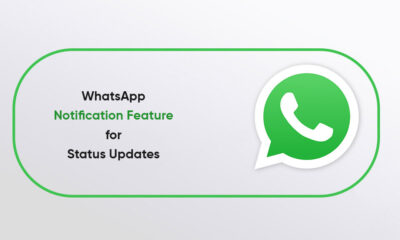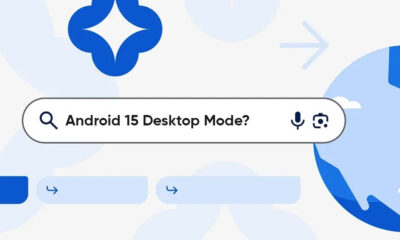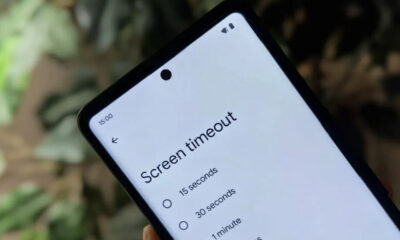Android
Google Android 12 Features: Developer Beta 2
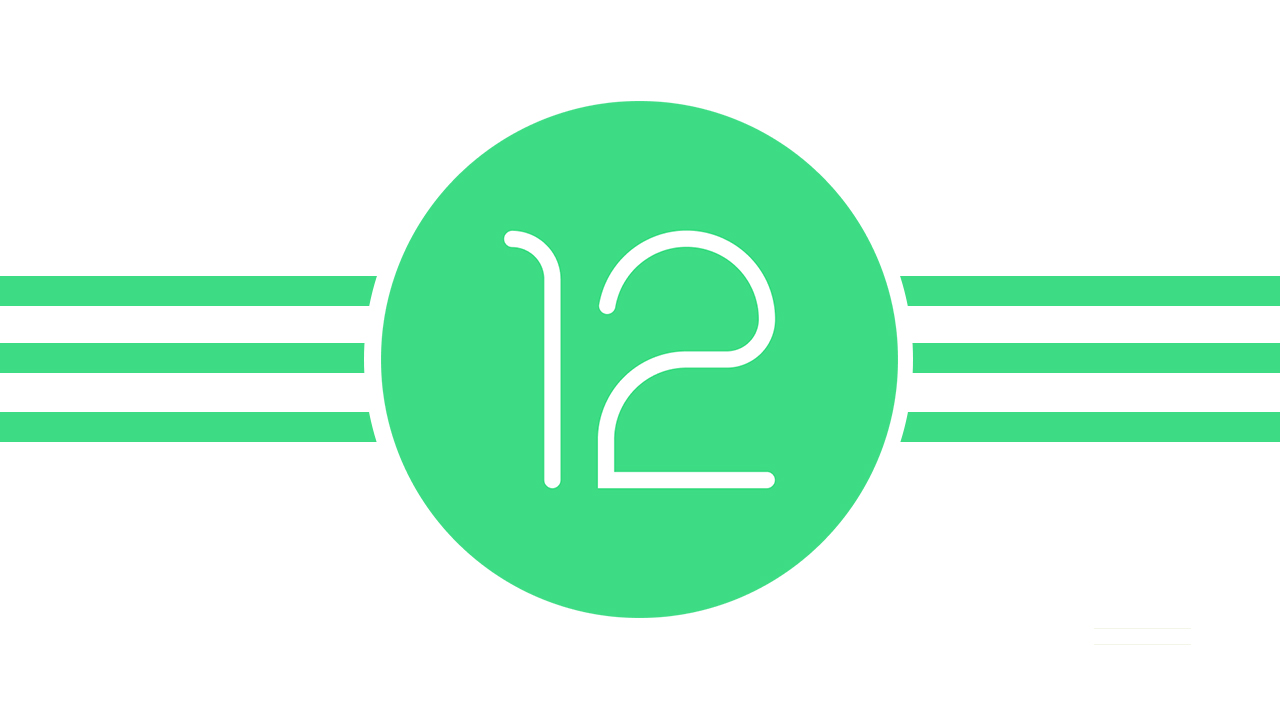
To date, Android is the most used mobile phone operating system across the globe. As of now, Google has revealed the 11 versions of Android and currently working on its upcoming version, Android 12.
Ahead of stable rollout, Google is creating excitement among the consumer and disclosing some features with every Android 12 Developer Preview. We are still around 4 to 5 months away from a stable launch and in this journey, the company will unveil a bunch of new features and improvements but, it will not unlock all of its cards at once.
Last month, Google released the first Developers Preview of Android 12 that brought new features including new accent color, notifications, quick settings, lock screen, AVIF image support, and much more.
Now, Google is delivering the Android 12 Second Developers Preview for pixel devices, which comes with lots of newly added features. The interested Pixel users can download and check the full timeline of Android 12 beta to the stable release.
Let’s take a look at new features and changes, which are introduced with Android 12 second beta for developers listed and detailed below.
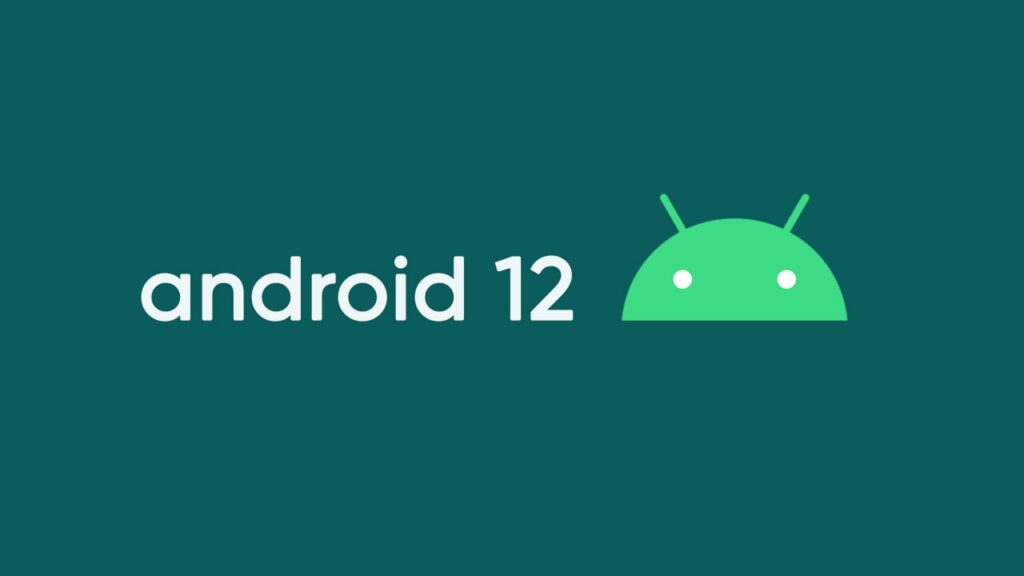
App overlay controls – The Android system alert will now provide controls for whether these app overlays need to be shown on the top of the active app. Android’s system alert window gives apps a way to get user’s attention for important actions by showing then overlay on the top of the active app which can interrupt the users.
Extended security for lock screen notification actions – The Android 12 adds more security to the controls over the notifications displayed on the lock screen. The users will now be able to configure the notification actions, so when these are accessed from the notifications it will show authentication besides revealing it. This extends the notification visibility controls already available through the notification APIs.
Access to app digests – For apps that need to validate the integrity of app packages installed on Android devices, we’re introducing a new API that lets you query the platform directly for the checksum of an installed app. You can choose from several digest algorithms such as SHA256, SHA512, Merkle Root, and others.
Support for Rounded corners – As per the trend, Google has also added rounded corner functionality on the screen to provide a clean and modern look. To deliver a great UX on these devices, developers need to account for the rounded corners and adjust any nearby UI elements to prevent them from being truncated.
Picture in Picture (PIP) improvements – In the scenario of multitasking, the picture-in-picture function is the one that needs to be accessed easily access by the users. Google is making improvements to its PIP mode with the latest version.
Apps transition to picture-in-picture (PIP) mode on swipe up-to-home has now been improved. If an app enables auto-PIP, the system now directly transitions the app to PIP mode on up-to-home, instead of waiting for the up-to-home animation to complete.
Keeping companion device apps awake – Companion devices such as smartwatches and fitness trackers that are needed to be managed through smartphones has also received something new for ease of use. Google is expanding the Companion Device Manager with a new CompanionDeviceService API. Apps that manage companion devices can implement this service to let the system wake the app whenever the companion device is nearby.
Bandwidth estimation improvements – The Android 12 will provide an improves bandwidth estimation for the developers who need to know bandwidth available for users over the services. The bandwidth estimation has been enhanced to let users retrieve an estimate of aggregate throughput per carrier or Wi-Fi SSID, network type, and signal level, for all users on the device.
Easier blurs, color filters, and other effects – In Android 12, we’re making it easier to apply common graphics effects to your Views and rendering hierarchies. Now, RenderEffect can be applied to blurs, add color filters, and more to any RenderNode.
This allows you to blur the contents of an ImageView without having to get the bitmap data, process the image, create a new Bitmap, and set it back into the ImageView. RenderEffect leverages the existing rendering pipeline to minimize excess calculation.
(Source)
Also, Check:

